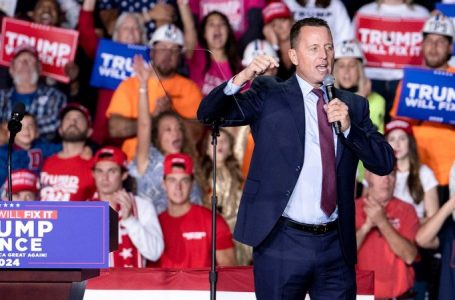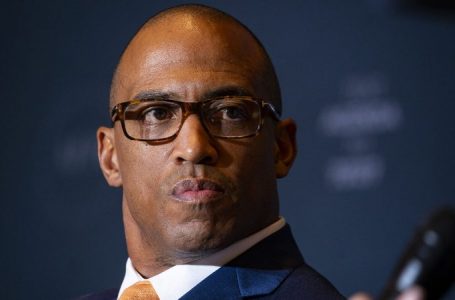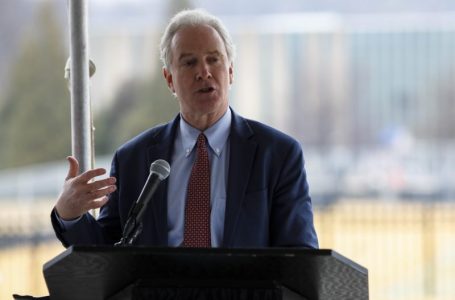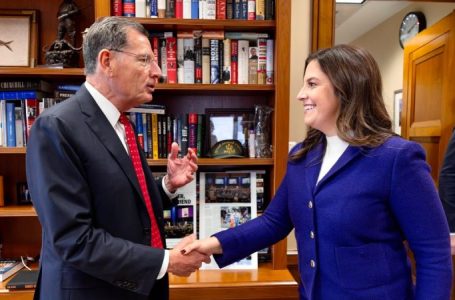SEC Chair Gary Gensler will step down Jan. 20, making way for Trump replacement
The chaotic, convoluted path House Republicans took to elect a speaker leads back to square one

The chaotic, convoluted path House Republicans took to elect a speaker began with the resignation of former speaker John Boehner in September of 2015. Since then, Speaker Paul Ryan took the reins in October 2015, but he has done little to assure the House Republicans. With internal division still remaining, the House Freedom Caucus, a small group of conservative Republicans, withheld their support from Ryan. It seemed like any chance of picking a new speaker was at a standstill.
Then, in October 2015, Rep. Kevin McCarthy suddenly resigned his position as House Majority Leader and dropped out of the race for speaker. This led to chaos among House Republicans who stood firmly divided and were unable to reach a consensus on who they wanted to be their next leader. Eventually, after a series of failed attempts to elect a new speaker, the House Republicans finally settled on Paul Ryan again in October 2015.
While Ryan was voted in as Speaker, he has received only limited support, and still struggling to gain widespread backing from his colleagues. In this chaotic, convoluted path, House Republicans have found themselves back at square one unsure of who their next leader should be.












